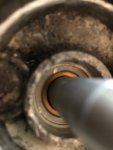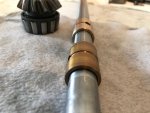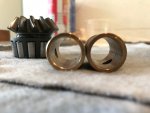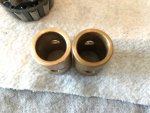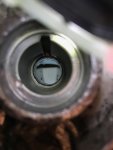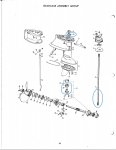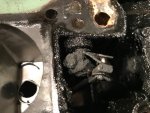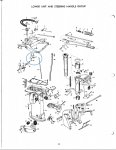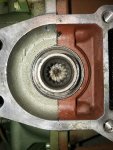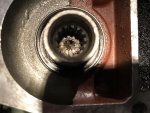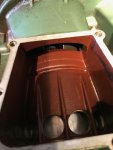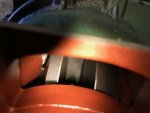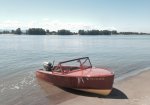Tim Frank
Vice Admiral
- Joined
- Jul 29, 2008
- Messages
- 5,346
Spent the last couple hours working on it. Using a tape measure on each side I get near perfect measurements, or as perfect as a tape measure can be. Surprising, because I've definitely hit the motor on the ground a few times backing up my driveway.
I went ahead and pulled the top oil retainer to access the shaft bushing and found that all the friction and binding was occurring at the bushing. The new one is so tight against the shaft that it's difficult to turn by hand. That bushing also directs the shaft about 1/8" off center from the pinion gear splines. This offset is parallel to the prop shaft, which means the lower unit isn't bent side to side at least, but perhaps front to back. I went ahead and tried the old bushing which has about 1/32" play in it, and everything feels very smooth with no major friction. I'm going to just re-install the old one.
.
The smooth feeling is due to the drive shaft wearing away the bushing because of a severe misalignment between the crank splines and the pinion gear splines.You now have what old-time machinists affectionately call a "rattling fit" (there is another term that they sometimes use which is not suitable for these forums...
That wear will continue and possible accelerate...the next time you check, that bushing will be even more over size and the stress on the driveshaft will be even greater....I do not know when metal fatigue will cause a failure, but you may find out.
IMO, reassembling a known misaligned outboard drive is a landmine waiting to be stepped on.....and Murphy says that it will be miles from home when it goes off.




















